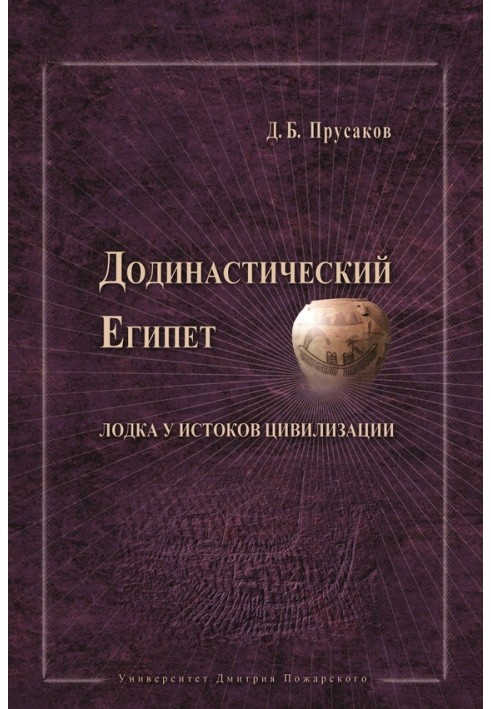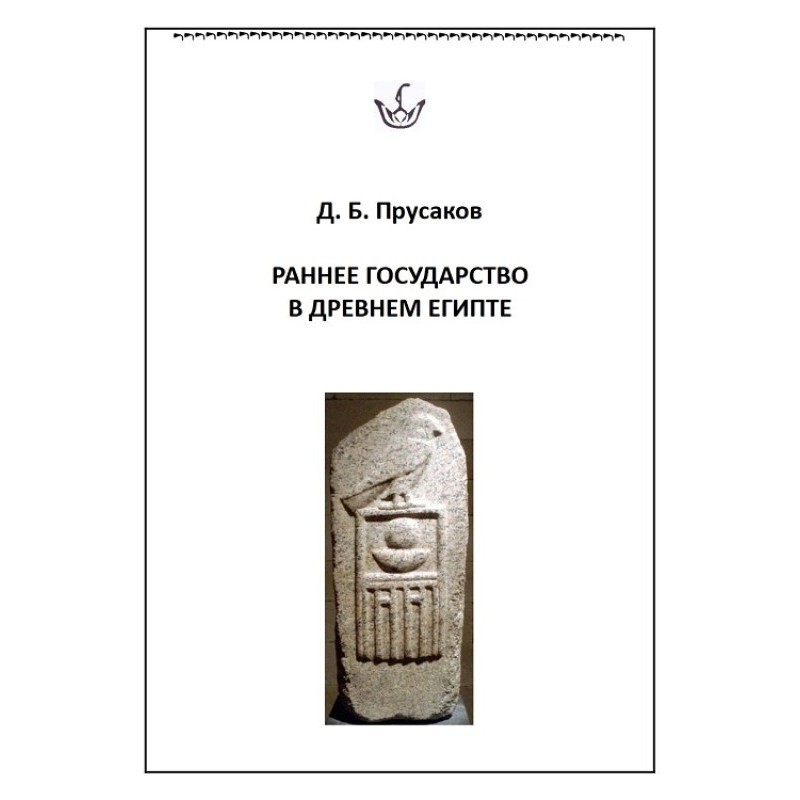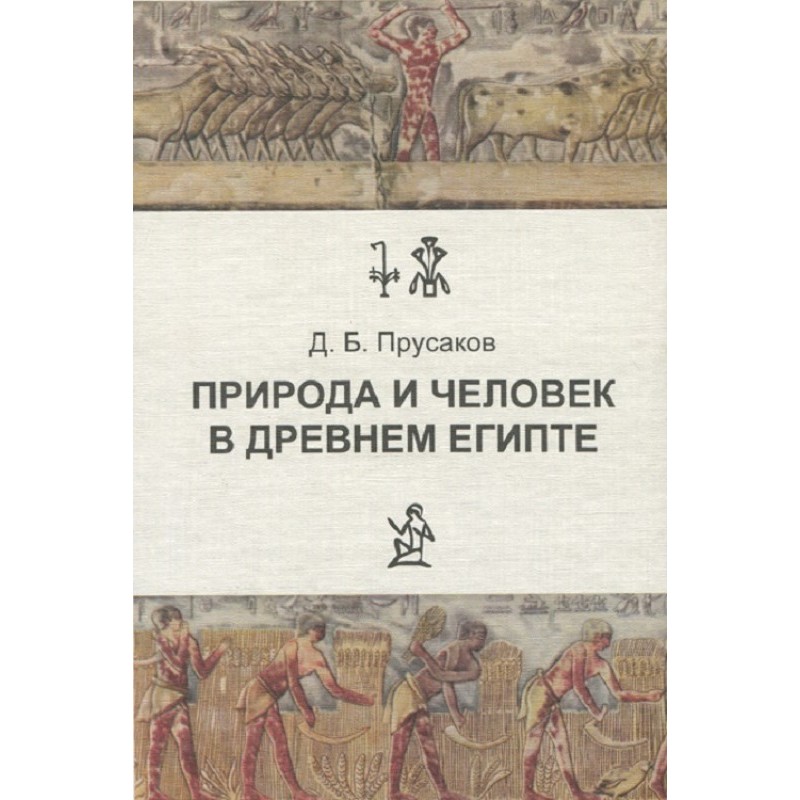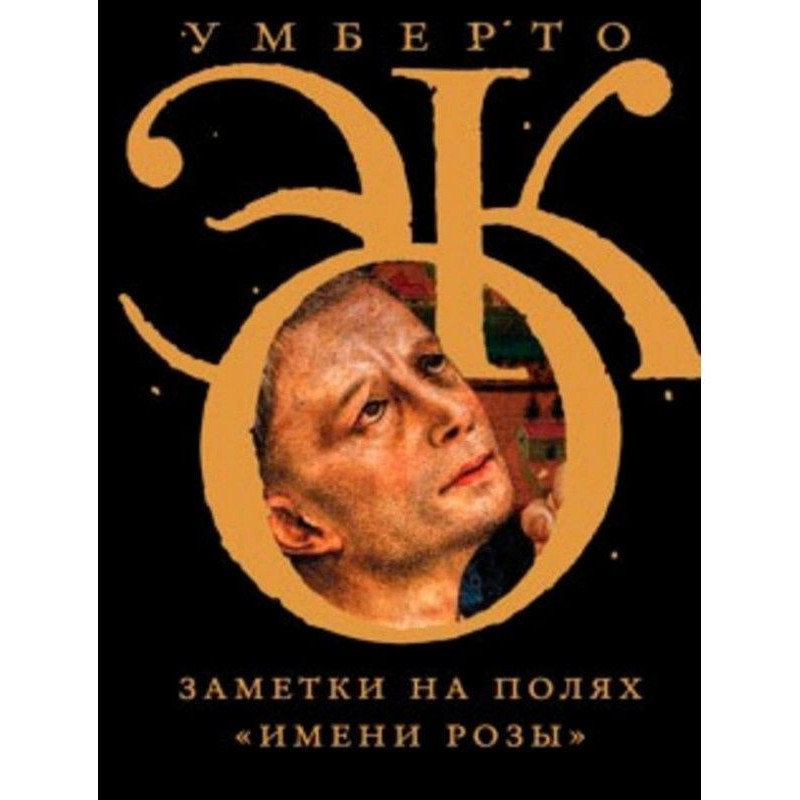Predynastic Egypt. A boat at the origins of civilization
 Instant download
Instant download
after payment (24/7)
 Wide range of formats
Wide range of formats
(for all gadgets)
 Full book
Full book
(including for Apple and Android)
Primitive petroglyphs of Upper Egypt include, as one of the general themes, numerous graffiti of large “outlandish” boats, the vast majority of which are located tens of kilometers from the Nile, halfway along the waterless rocky wadis of the Eastern Desert to the Red Sea. The characteristic shape of the ships, with the bow and stern bent high, gave rise to “irreconcilable” academic versions of their, if not physical, suggesting a foreign invasion, then artistic borrowing from Mesopotamia, or belonging to the aboriginal cult-visual tradition that stood behind the canonical appearance and iconography of the “sacred barge” » pharaohs and their gods. Moreover, all of these kinds of scientific alternative hypotheses have a unifying principle: the a priori denial by researchers of even the slightest possibility that the “ships” carved on stone in the depths of the desert once really sailed here from ancient times to this day, the most important routes for Egypt after the River . Meanwhile, it is obvious that the Upper Egyptian eastern wadis, distinguished by their extensive drainage basins, whose rocky beds are famous for prehistoric drawings of both individual boats and entire flotillas, are the beds of dry tributaries that flowed into the Nile during the past stages of humidification of the global and North African climate. Could a similar stage (the so-called Great Atlantic Optimum of the Holocene, the last third of the 5th – first third of the 4th millennium BC) be reflected in the “boat” petroglyphs of Pharaonic prehistory? And if the ancient ships depicted on rocks, stone blocks and artifacts of the Nile basin were not a chimera of “oneiric” consciousness, but a sign of the everyday life of prehistoric artists, then the conversation about the corresponding ship structures and materials, which may serve as one of the decisive archaeological keys to current problems of hydrology of the “Country of Greater Hapi” on the threshold of its civilization. The book is intended for historians, students of history and readers interested in early states, as well as ancient technologies and equipment.
Data sheet
- Name of the Author
- Дмитрий Прусаков Борисович
- Language
- Russian
Reviews
Захоплююча подорож у світ давнього Єгипту
Книга "Додинастичний Єгипет. Човен біля витоків цивілізації" є справжнім відкриттям для всіх, хто цікавиться історією та археологією. Автор майстерно досліджує первобутню петрогліфіку Верхнього Єгипту, розкриваючи таємниці, пов'язані з графіті великих човнів, які залишили нам давні художники. Читання цієї книги занурює в атмосферу давнини, де кожен малюнок на камені розповідає про життя, культуру та вірування людей, які населяли ці землі тисячі років тому. Особливо вражає те, як автор сплітає наукові гіпотези з історичними фактами, ставлячи під сумнів традиційні уявлення про походження цих човнів. Книга спонукає задуматися про зв'язок між минулим і сучасністю, про те, як зміни клімату та географії могли вплинути на розвиток цивілізацій. Рекомендую цю книгу всім, хто прагне глибше зрозуміти історію Єгипту та його культурну спадщину!
















